A liquid cooler is essential for maintaining optimal PC performance, requiring careful consideration of radiator compatibility, GPU clearance, and proper installation using manuals for best results.
When it comes to choosing a liquid cooler, many PC builders overlook vital compatibility factors. Have you checked your case’s specifications?
Understanding radiator compatibility
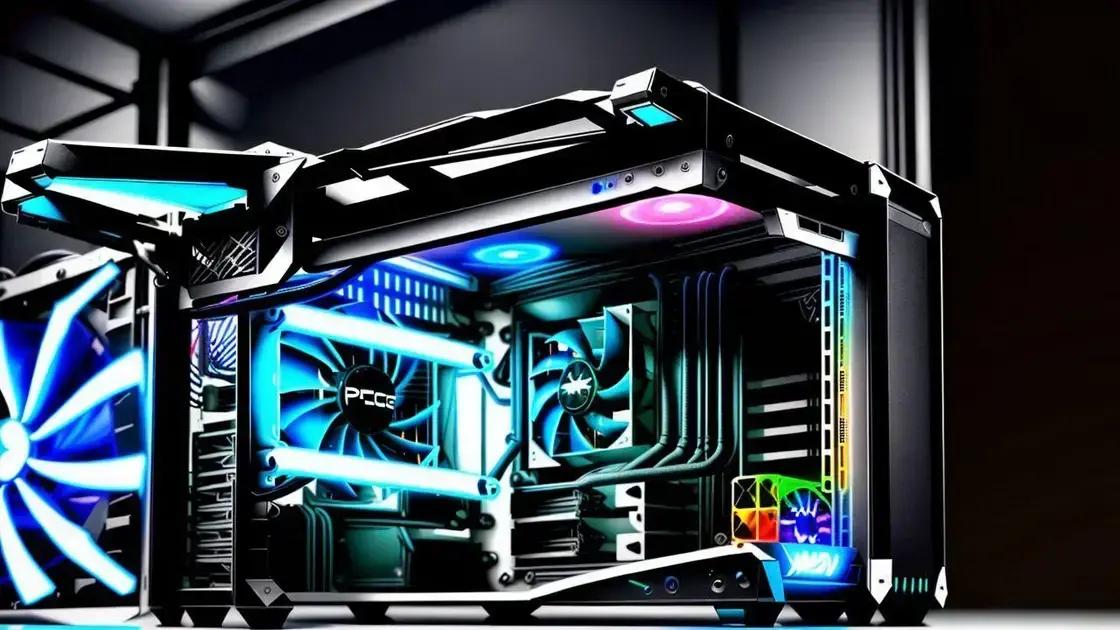
When choosing a radiator for your liquid cooler, it is crucial to understand compatibility with your case. Different cases support different radiator sizes. Always check the specifications of your case to ensure the radiator can fit.
Types of Radiators
Radiators come in various sizes, typically measured in millimeters (mm). Common sizes include 120mm, 240mm, and 360mm. A larger radiator can dissipate heat more effectively but may not fit in smaller cases.
Mounting Location
Determine where you plan to mount the radiator. Depending on your case, you may have options for front, top, or even bottom mounting. Each location has implications for cooling efficiency and airflow.
Fan Compatibility
Make sure your radiator is compatible with fans. Check the fan sizes recommended for the radiator to ensure optimal airflow and cooling performance. Some radiators are designed for specific fan configurations.
Airflow Direction
Understanding the airflow direction can affect cooling efficiency. Install the fans to pull air through the radiator rather than pushing it. This setup typically results in better heat dissipation.
Avoiding size issues with cases
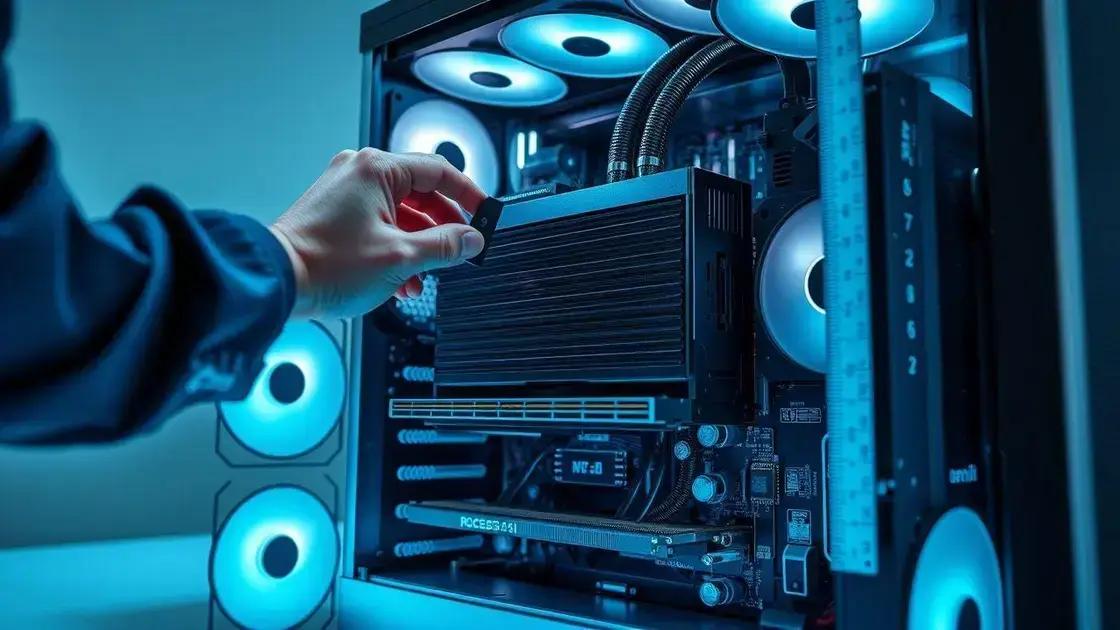
Sizing issues can arise when installing a liquid cooler in your PC case, potentially leading to improper cooling or even damaging components. Therefore, it’s vital to measure your case before purchasing a cooler.
Measure Your Case
Start by measuring the available space inside your case. Use a ruler or tape measure to determine the height, width, and depth where you plan to place the cooler. This information will help you identify compatible radiators and fans.
Consider the Components
When checking for size issues, also account for other components, like RAM or GPU. Some coolers may obstruct RAM slots or interfere with GPU length. Choosing a slim or low-profile cooler can help avoid these conflicts.
Cooling Orientation
Think about how the cooler will fit in relation to other hardware. If using a top-mounted radiator, ensure there is enough clearance for fans or the motherboard. The orientation can affect both cooling efficiency and overall build compatibility.
Case Design
The design of your case can impact cooling performance. Cases with poor airflow may struggle to dissipate heat effectively. Consider opting for a case that supports optimal airflow while providing ample space for a liquid cooler.
Checking GPU length and clearance

When installing a liquid cooler, it is essential to check the GPU length and clearance within your PC case. This ensures that the cooler does not interfere with the graphics card, leading to potential overheating or fitment issues.
Measure Your GPU
Before you purchase or install a liquid cooler, measure the length of your GPU. Most GPUs come with specified lengths from the manufacturer, and you must compare this with the space available in your case.
Clearance Requirements
Check the clearance around the GPU. Some coolers may extend into the GPU’s space, obstructing airflow or making installation difficult. Look for models that maintain at least an inch or two of clearance for optimal performance.
Choosing the Right Cooler
Select a cooler that fits well with your GPU dimensions. Some coolers are designed to work with longer GPUs, while others may be more compact. Research products that specifically state compatibility with your specific graphics card.
Installation Tips
During installation, carefully position the cooler so that it does not touch or press against the GPU. Ensure the tubing and radiator do not crowd the graphics card, as this can impede airflow and potentially cause overheating.
Researching cooling solutions online
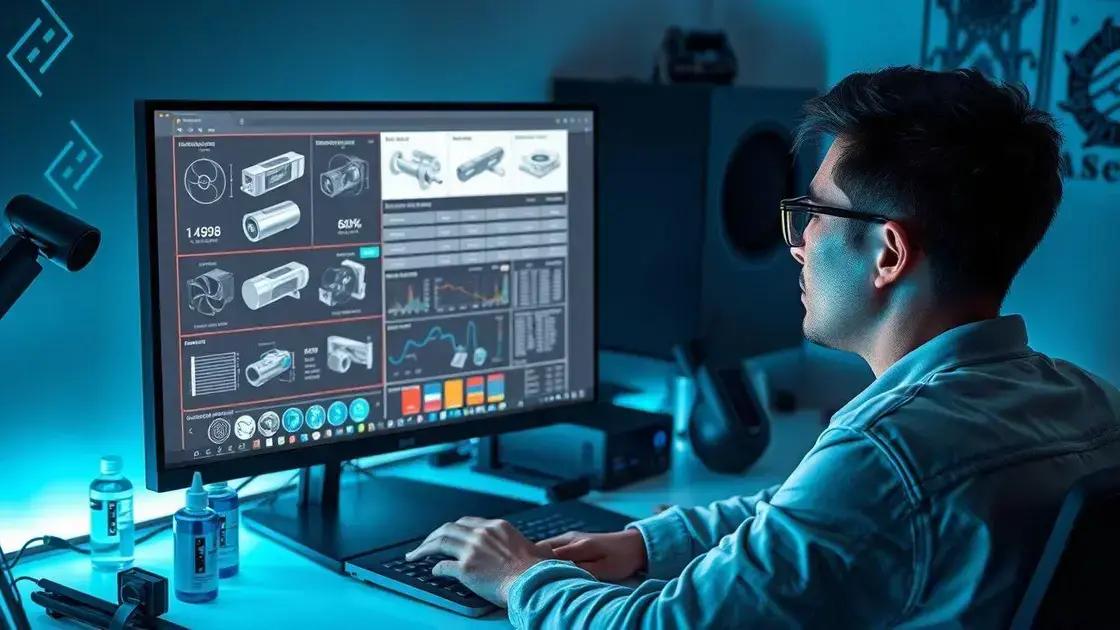
Researching cooling solutions online is essential for building a high-performance PC. With numerous options available, finding the right cooler can be overwhelming. Here are some steps to make the search easier.
Read Reviews
Start by reading reviews from reputable tech websites. Look for comparisons of different cooling solutions to understand their pros and cons. User reviews can also provide insights into real-world performance.
Watch Video Tutorials
Video tutorials can be invaluable. Many tech enthusiasts share their experiences with specific products. Watching these videos can help you see the installation process and how well a cooler works under load.
Look for Compatibility
Ensure that the cooler you are considering is compatible with your motherboard and case. Check the manufacturer’s website for specifications and compatibility lists to avoid purchasing a cooler that won’t fit.
Join Online Communities
Participating in online forums and communities can provide additional information. Websites like Reddit, Tom’s Hardware, or PCPartPicker are great places to ask questions and get recommendations from experienced builders.
Keep an Eye on Trends
Stay updated on the latest cooling technologies and trends. New cooling solutions are released regularly, and current builds may feature innovative designs that improve performance and reliability.
Utilizing manuals for accurate fitting
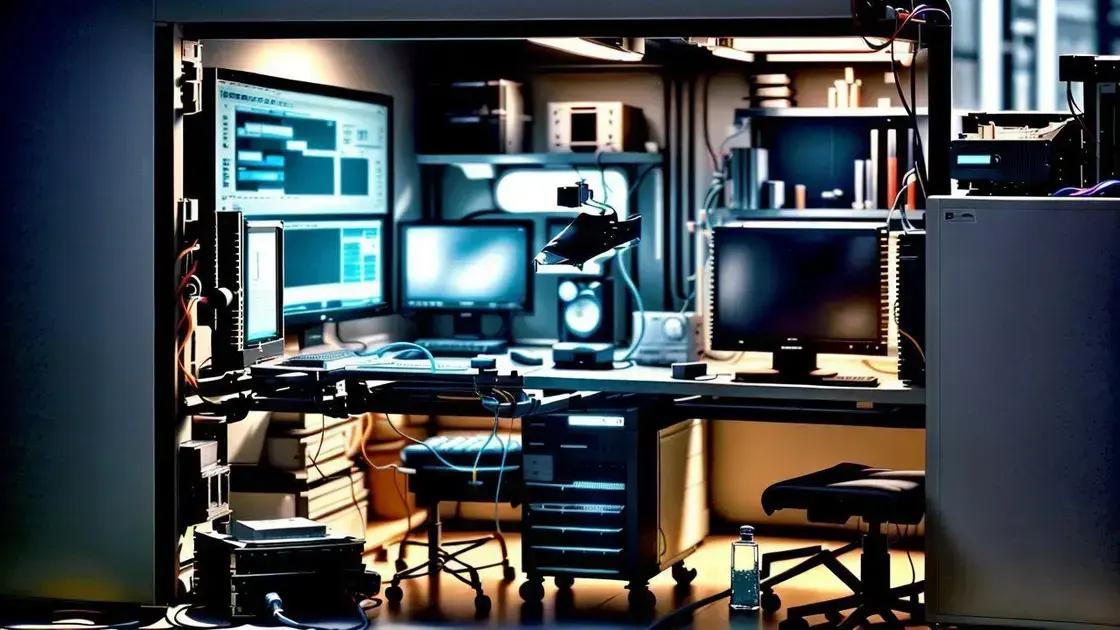
Utilizing manuals is a critical step when installing a liquid cooler in your PC. These guides provide essential information about fitting and compatibility. Here’s how to effectively use them.
Read the Installation Instructions
Every cooler comes with a manual detailing installation steps. Carefully read these instructions to understand what you need to do to secure the cooler properly. Ignoring these steps can lead to installation errors.
Check Compatibility Information
Manually verify the compatibility of your cooler with your motherboard and case. Most manuals list compatible sockets and dimensions, ensuring that the cooler will fit without issues.
Identify Required Tools
Look for the tools required for installation in the manual. This information helps you prepare everything in advance, saving time and frustration once you start the installation process.
Follow Troubleshooting Guides
If you encounter any problems, refer to the troubleshooting section of the manual. This can help you resolve common issues that may arise during installation.
Stay Updated with Online Manuals
If the physical manual is missing, many manufacturers provide updates and PDF versions online. Always check for the latest version, which may include important updates or tips.
In conclusion, choosing the right liquid cooler
When building your PC, selecting a suitable liquid cooler is crucial. By understanding radiator compatibility, checking GPU length, and utilizing manuals for installation, you can enhance your system’s performance and longevity.
Researching options online ensures you make informed decisions. Avoid size issues and focus on airflow for optimal cooling. With these steps, you’ll be well on your way to a successful build.
Your efforts to follow best practices will lead to a more efficient and effective cooling solution for your PC, ensuring it runs smoothly for years to come.
FAQ – Frequently Asked Questions about Liquid Coolers in PC Building
What should I consider when choosing a liquid cooler?
You should consider radiator compatibility, the space available in your case, and whether it fits well with other components like the GPU.
How do I check if my GPU will fit with a liquid cooler?
Measure the GPU length and compare it to the available space in your case, ensuring there’s enough clearance for the cooler.
Why are manuals important for installing a liquid cooler?
Manuals provide detailed instructions and compatibility information, helping you to install the cooler correctly and avoid mistakes.
How can I research liquid cooling options online?
Read reviews, watch video tutorials, and visit online communities to gather information about different cooling solutions before making a purchase.
What are common size issues that can arise with liquid coolers?
Common issues include the cooler being too large for the case, obstructing other components, or not having adequate airflow.
Can I use a liquid cooler with any PC case?
Not all coolers fit every case. Check the dimensions and compatibility information in the cooler’s manual and your case specifications.

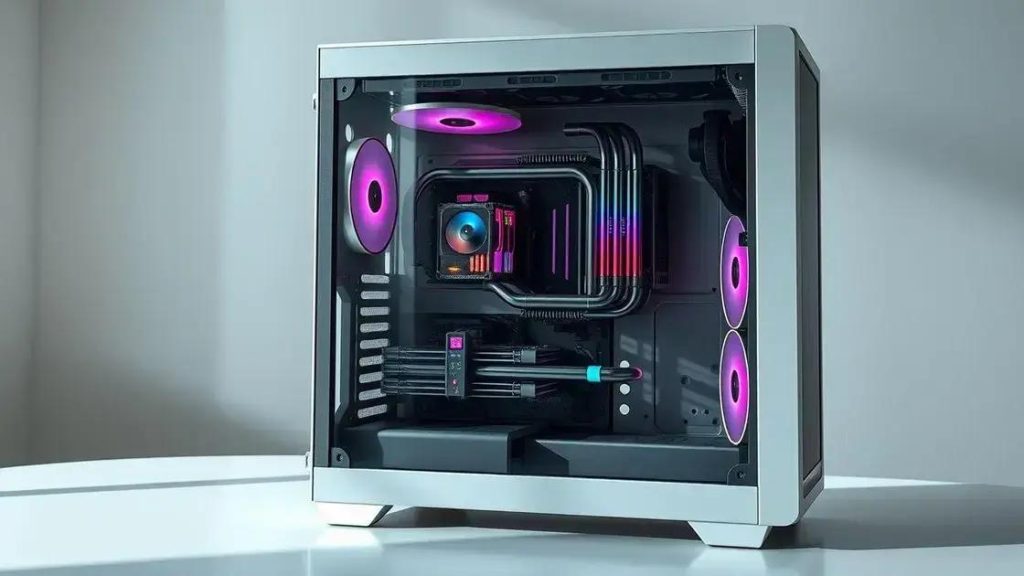
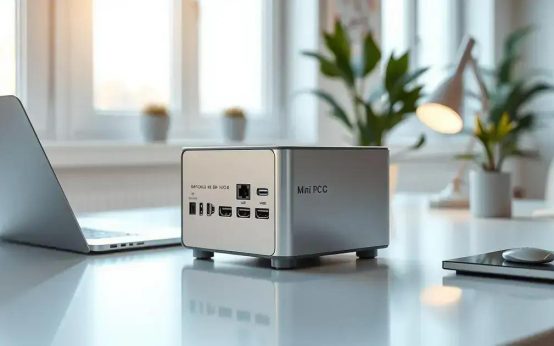 Mini PC: Unleash Powerful Performance in a Compact Design
Mini PC: Unleash Powerful Performance in a Compact Design  Windows update: avoid the taskbar nightmare and reboot loops
Windows update: avoid the taskbar nightmare and reboot loops 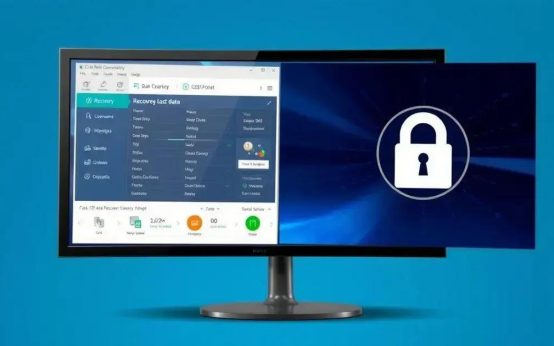 Data recovery: How to restore lost partitions easily
Data recovery: How to restore lost partitions easily